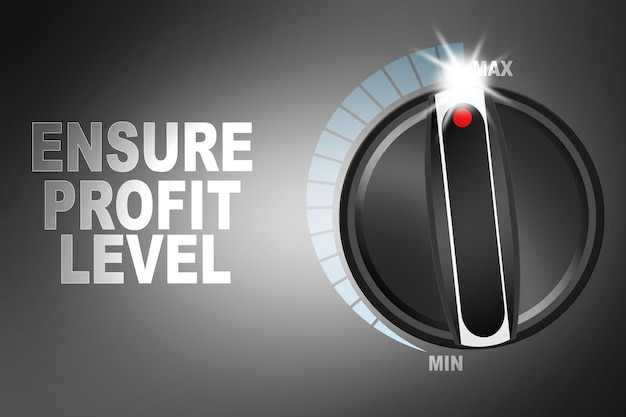The human body is like a highly complex machine, and understanding how it works can offer valuable insights into our health and fitness. One important measure of fitness is VO2Max, which is the maximum amount of oxygen a person can use during intense exercise. This article will explore energy expenditure, the cardiopulmonary test, ergometric test protocols, and indirect tests for measuring maximum oxygen consumption.
Energy expenditure is the total energy burned during physical activity and is influenced by three main components:
1. Resting Metabolic Rate (60-75%): This is the energy needed to maintain basic bodily functions like breathing, circulating blood, and regulating body temperature while at rest.
2. Thermogenic Effect of Physical Activity (15-30%): This is the energy used during physical activity.
3. Thermogenic Effect of Food (10%): This is the energy required to digest, absorb, and process food.
The cardiopulmonary exercise test (CPET) is an important tool in sports medicine and cardiology. It helps to understand how the heart and lungs respond to exercise. During the CPET, variables like heart rate, blood pressure, oxygen consumption (VO2), carbon dioxide production (VCO2), and breathing patterns are monitored. This data reveals how efficient the cardiopulmonary system is and what metabolic changes occur during exercise.
For accurate CPET results, it鈥檚 crucial to have controlled parameters. The applied workload should match the physiological responses measured, like VO2 and VCO2. This helps identify any limitations or dysfunctions in the heart, lungs, circulation system, or metabolic pathways.
Ergometric tests, which are part of the broader cardiopulmonary examination, focus on assessing physical fitness and endurance. These tests use various machines like treadmills, stationary bicycles, and swimming ergometers. To get valid and consistent results, several conditions should be met:
1. Testing Environment: The area should be spacious and well-ventilated to prevent overheating and ensure comfort.
2. Familiarity with Equipment: Before the test, participants should get familiar with the ergometer to reduce anxiety and errors.
3. Technician Expertise: Skilled technicians and healthcare professionals are crucial for setting up the test correctly and providing support.
By following these protocols, health professionals can gain valuable insights into a person’s fitness level, endurance, and areas for improvement.
To accurately measure VO2Max, it’s important to avoid common mistakes like using the wrong protocol, inadequate equipment, lack of motivation, or overtraining. Participants should rest the day before the test, sleep well, and avoid alcohol, caffeine, and tobacco.
In cases where advanced testing is not available, indirect tests are useful for estimating VO2Max. These tests are particularly good for general fitness assessments or youth fitness selection:
1. Ceiling Tests: These require maximum effort until the participant can no longer continue. They are useful for elite athletes but need careful monitoring due to high exertion levels.
2. Sub-Ceiling Tests: These test aerobic capacity at submaximal levels, estimating VO2Max through heart rate responses. They are ideal for older adults or those with health conditions.
The accuracy of VO2Max measurements depends on meeting several criteria:
1. Plateau in Oxygen Consumption: Even with increased exercise intensity, oxygen consumption should plateau, indicating maximum uptake.
2. Peak Blood Lactate Concentration: Should reach at least 8 millimoles per liter, indicating high exertion.
3. Respiratory Exchange Ratio (RER): Should be between 1.08 and 1.10, showing reliance on anaerobic metabolism.
4. Maximum Heart Rate: Should be within 卤10 beats per minute of the theoretical maximum, reflecting true exertion.
Measuring VO2Max is complex and requires careful planning and execution. Understanding energy expenditure, the role of the cardiopulmonary test, and following ergometric test protocols helps us better assess and improve our physical fitness.







